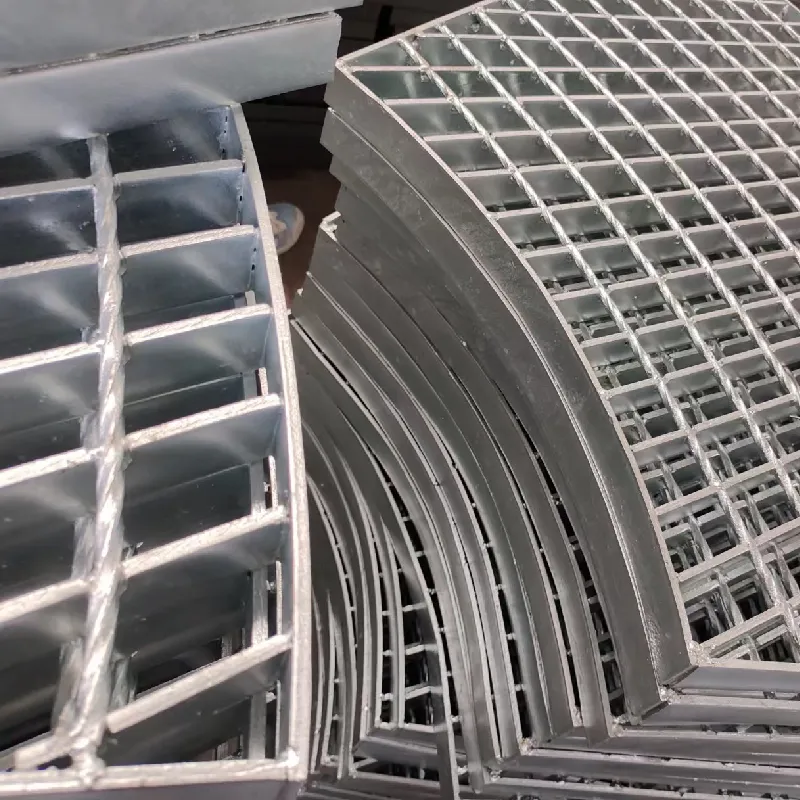Dec . 12, 2024 09:47 Back to list
gabion box retaining wall
Gabion Box Retaining Wall A Practical Solution for Earth Retention
In the realm of civil engineering and landscaping, retaining walls play a crucial role in stabilizing soil, preventing erosion, and creating functional outdoor spaces. Among the various options available, gabion box retaining walls have gained popularity for their versatility, durability, and aesthetic appeal. This article explores the benefits and construction considerations associated with gabion box retaining walls.
What is a Gabion Box?
A gabion box is a portable, modular system made from a wire mesh frame filled with rocks, stones, or other suitable materials. Gabion boxes come in various sizes and shapes, making them adaptable to different construction needs. The primary function of these boxes is to act as a barrier, helping to retain soil and manage water drainage efficiently. They have been used in various applications, from civil engineering projects to landscaping and decorative elements in gardens.
Advantages of Gabion Box Retaining Walls
One of the primary advantages of gabion box retaining walls is their strength and stability. The heavy weight of the filled cages provides excellent earth retention, making them particularly suitable for slopes and terrains that are prone to erosion. Additionally, because gabions are made of natural stones, they blend seamlessly into the environment, offering a more natural aesthetic compared to traditional concrete walls.
Another significant benefit is the permeability of gabion structures. Unlike solid walls, gabion boxes allow water to flow through them, reducing hydrostatic pressure buildup behind the wall. This feature is particularly advantageous in areas with high rainfall, as it decreases the risk of wall failure due to water pressure accumulation.
gabion box retaining wall

Furthermore, gabion walls are environmentally friendly. The materials used, typically sourced locally, reduce the carbon footprint associated with transporting building materials. Additionally, as vegetation and soil fill the gaps between stones over time, these walls can naturally integrate into the landscape, promoting biodiversity.
Construction Considerations
When planning a gabion box retaining wall, several factors must be considered to ensure structural integrity and effectiveness. Firstly, proper site assessment is crucial. Understanding the soil type, drainage patterns, and slope stability will help determine the appropriate design and size of the gabion boxes.
Next, the selection of materials is essential. The wire mesh used should be galvanized or coated to prevent rusting and prolong the lifespan of the wall. The rocks or stones selected should be durable and capable of withstanding environmental elements, ensuring stability over time.
During the construction process, it’s vital to ensure that the foundations of the wall are stable. A well-prepared base will help support the weight of the filled gabion boxes. It’s also advisable to incorporate a drainage system behind the wall to enhance water management further.
Conclusion
Gabion box retaining walls present a practical and aesthetically pleasing solution for various earth retention needs. Their combination of strength, environmental friendliness, and adaptability makes them an ideal choice for both residential and commercial projects. Whether used for landscaping, erosion control, or structural support, gabion retaining walls are an innovative approach to managing soil and water while adding beauty to outdoor spaces. For anyone considering earth retention solutions, investing in gabion box retaining walls could prove to be a wise and sustainable decision.
-
Reinforcing Mesh: Core Material of the Construction Industry
NewsJul.07,2025
-
Welded Wire Fabric Reinvented for Modern Projects
NewsJul.04,2025
-
Superiority of Stainless Steel Woven Mesh
NewsJul.04,2025
-
Key Types of Razor Wire and Their Applications
NewsJul.04,2025
-
Durable Metal Fence Types for Security
NewsJul.04,2025
-
Best Materials for Livestock Fence
NewsJul.04,2025
products.







